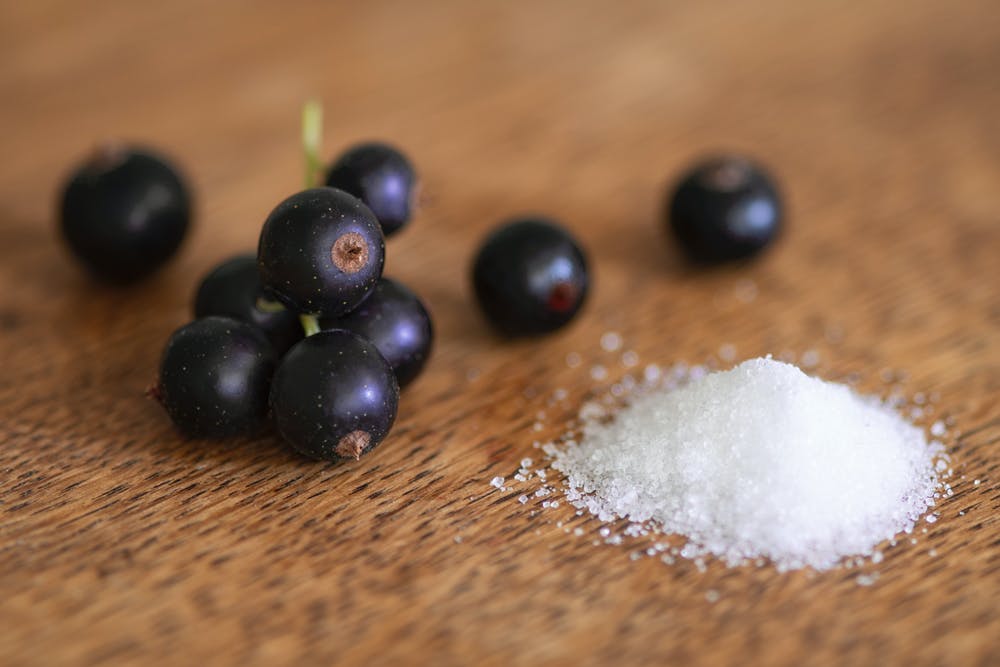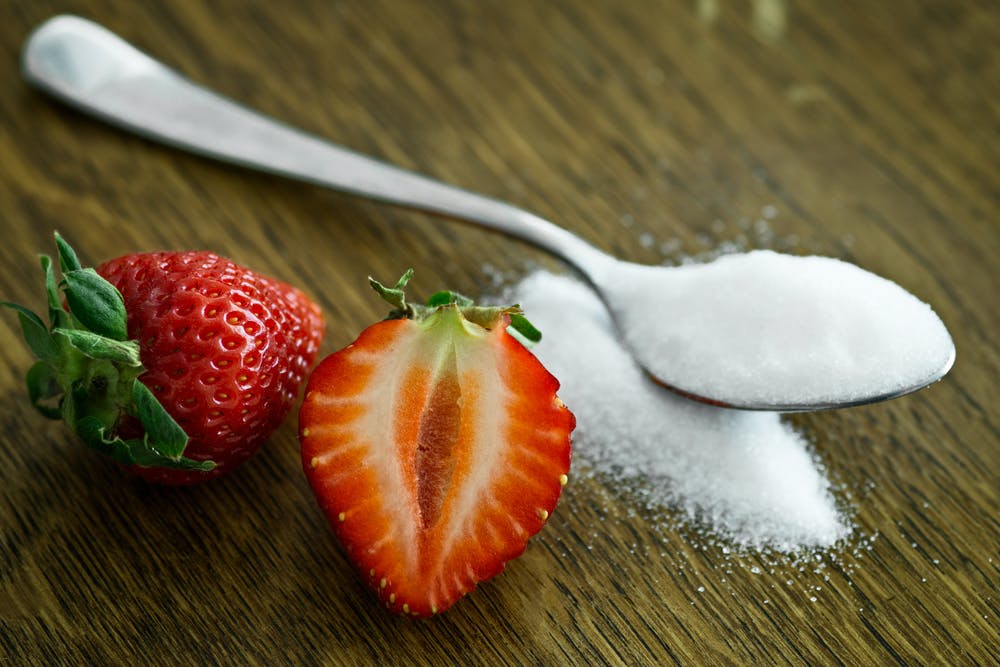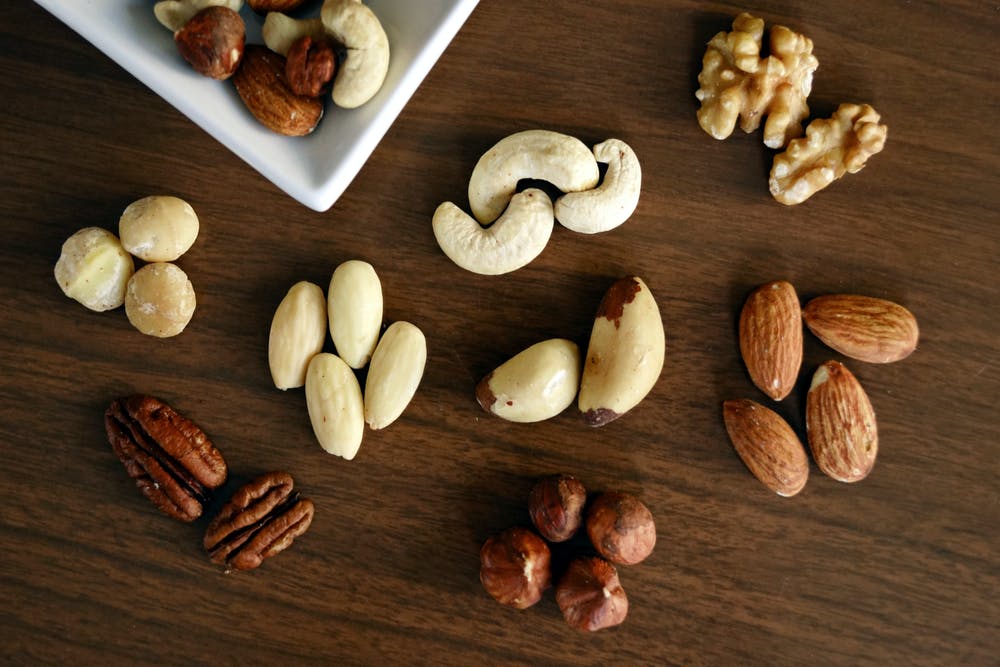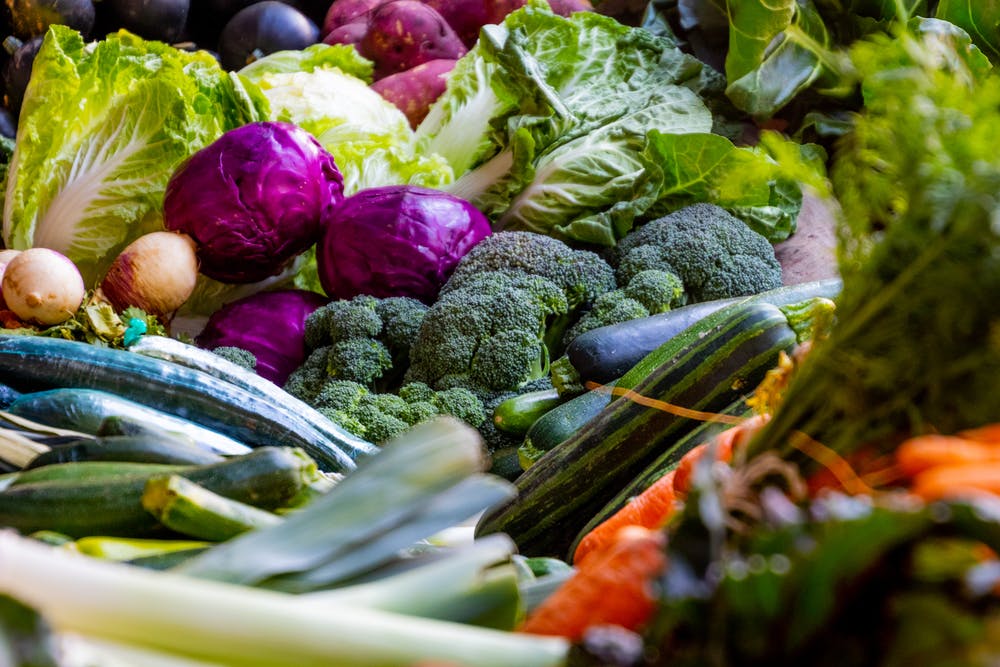A healthy diet helps in maintaining or improving overall health in children. A healthy diet provides the body with essential nutrition: fluids, essential amino acids from protein, essential fatty acids, vitamins, minerals, and sufficient calories. All the available healthy diet elements can be met from a variety of plant-based foods or animal-based foods. Such healthy diet plan for kids provide requisite energy needs and nutrition without exposing them to toxicity or excessive weight gain. A properly balanced diet reduces major health risks such as obesity, heart diseases, type 2 diabetes, hypertension, and cancer in children.
Every child needs optimal nutrition during the first 2 years of life. Balanced nutrition improves cognitive development, reduces the risk of becoming overweight and developing NCDs (non-communicable disease) later in life. Few important factors should be followed for infants and toddlers.
- Infants should be breastfed exclusively during the first six months of their life.
- From six months of age, breast milk should be complemented with a variety of adequate nutrient-dense complementary foods.
- Sugars and salts should be avoided to complementary foods.
Every child needs a balanced diet in which food from all three major groups, such as vegetables and fruit, whole grain products, and protein, are included. Children need three healthy meals and 5 portions of snacks on a daily basis. Healthy meals and snacks are very essential for the healthy development of the brain and body.
Fats/ Healthy Fats

Essential fatty acids such as omega-3 and omega-6 cannot be made in the human body and must come from food. These are known as healthy fats. Lowering fat intake helps prevent unhealthy weight gain and lowers the risk of developing NCDs.
Cooking with cold-pressed vegetable oils is a healthy option compared to store-bought cooking oils. Healthy fats are found in non-hydrogenated margarine, nut butter (e.g. peanut butter), and mayonnaise. Fat intake can be reduced by changing cooking processes such as boiling, steaming, or baking rather than frying.
Few fats under this category are solids at room temperature and contain more trans and saturated fats. These can raise the risk of heart disease in children. Parents should limit the child’s consumption of butter, hard margarine, lard, and shortening. Avoid store-bought cookies, donuts, and crackers because they contain trans or saturated fats. It is advisable to limit processed meats in a child’s diet which are high in fat, sodium, and nitrates.
Salt or Sodium

Sodium is a vital mineral that maintains proper fluids in the human body. It’s essential for nerve and muscle function. Too much sodium in food can lead to high blood pressure, thereby, increases the risk of heart disease in children. Sodium is commonly referred to as salt or table salt. Processed foods such as ready-to-eat meals, processed meats, cheese, and salty snacks, bread variants contain high amounts of salts. Parents should check the food labels while purchasing processed and package foods.
- It is necessary to offer your child healthy foods that are low in sodium as often as possible.
- Almost all the processed and pre-packaged foods, loaded with high amounts of sodium.
- Children addicted to high sodium foods give more preference for salty food which leads to obesity and/or disease later in life.
One can lower the Salt consumption by avoiding salt on the dining table, choosing products with lower sodium content, limiting consumption of salty snacks, and using less quantity of salt while cooking. Offer children fresh fruits and vegetables for a healthy lifestyle.
Sugar and sugar substitutes

Sugar is added to foods and drinks by manufacturers which are actually known as free sugars. Consuming free sugars increases the risk of dental problems such as tooth decay. Excess intake of free sugars results in obesity.
- It is wise to offer foods to children that don’t have added sugar or sugar substitutes which may contribute to tooth decay.
- Children consuming foods with sugar substitutes may get habitual to sweet foods and may neglect fruits and vegetables.
- Offer fresh fruits and raw vegetables as snacks instead of sugary snacks.
Juice and water
Fresh fruit juices, vegetable juices, and water are the best drinks for children. Sufficient minerals and nutrients in the fruit and vegetable juice keep children hydrated and well-balanced throughout the day.
- It is a good habit to offer water when your child is thirsty, especially between meals and snacks.
- Offer one serving of unsweetened juice to your child per day.
- Offering actual fruit instead of fruit juice adds healthy natural fiber to your child’s diet.
- Sometimes children drink water during meals or between meals; this makes them feel full and miss out on essential nutrients.
As parents, it’s your job!
- Offer a balanced diet with a variety of foods to children.
- Foods offered to children should be easy to be managed. For example, cut vegetables or fruits into bite-size pieces, or offer mash food to prevent choking in younger children.
- Opt for healthy dessert choices, such as a fruit cup or yogurt.
- Eating homemade meals helps children understand the importance of healthy foods.
Every parent should make sure that their children are getting enough nutrients from age 1 through 12 years. Growth in children is a continuing process and the need for nutrients changes with age. Nutrients include calories, protein, fat, vitamins, and minerals which are required on a regular basis, even if they are not hungry. Children do not need to take extra vitamins or minerals if they eat a balanced diet. The amount of calories and protein that a child needs; depend on age and weight in kilograms.

Food Group Choices
Every child needs at least one serving per day of a high vitamin C and vitamin A foods. Examples of vitamin C are citrus fruits and juices, tomatoes, potatoes, and green peppers. Examples of vitamin A foods are spinach, winter squash, carrots, or sweet potatoes. Until age 2, children should have whole milk and full-fat dairy products so as to make sure the nervous system grows well. After the age of 2, children should intake low-fat dairy foods, lean meats, fish, and poultry foods which are a good choice.
Protein-rich foods are lean meat, fish, chicken, eggs, beans, lentils, chickpeas, tofu, and nuts. These foods are important for a child’s growth and muscle development. Foods that contain other useful vitamins and minerals like iron, zinc, vitamin B12, and omega-3 fatty acids must be included in the diet. Iron and omega-3 fatty acids are obtained from meat and oily fish that are important for children’s brain development and learning.
Grain foods include bread, pasta, noodles, breakfast cereals, couscous, rice, corn, quinoa, polenta, oats, and barley. These foods give the child vital energy to grow, develop, and learn.
Fruit and vegetable provide essential energy, vitamins, antioxidants, fiber, and water. Fruits and vegetables protect children against diseases later in life such as heart disease, stroke, and some cancers and hence must be an important part of diet. Offer children fruit and vegetables of different colors, textures, and tastes, both fresh and cooked.
Dairy foods such as milk, cheese yogurt are rich in proteins and calcium. These foods help in building strong bones and teeth. Children aged over two years should have reduced-fat dairy products.

Daily Servings in a Child’s Diet
Bread / Starches: Most children need 5 or more servings per day. One serving is about the amount listed below for each age group.
-
- 1 to 3 years:
- 1/4 cup pasta, potatoes, or rice
- 1/2 to 1 slice bread/ roti/ flatbread
- 1/2 ounce dry cereal/millets
- 4 to 6 years:
- 1/2 cup pasta, potatoes, or rice
- 1 slice bread/ roti/ flatbread
- 3/4 ounce dry cereal/millets
- 7 to 11 years:
- 1 cup pasta, potatoes, or rice
- 2 slices bread/ roti/ flatbread
- 1 ounce or 3/4 cup dry cereal
- 1 to 3 years:
Fruits:
Most children need 2 to 3 servings per day. One serving is about the amount listed below for each age group.
-
- 1 to 3 years:
- 1/4 cup pureed fruit
- 1/4 cup juice
- 4 to 6 years:
- 1/4 to 1/2 cup seasonal fruit
- 1/2 piece fresh fruit
- 1/2 cup juice
- 7 to 11 years:
- 1 cup seasonal fruit
- 1 piece of fresh fruit
- 1/2 cup juice
- 1 to 3 years:

Meat / Meat Substitutes:
Most children need 3 or more servings per day. One serving is about the amount listed below for each age group.
-
- 1 to 3 years:
- 1 egg
- 1 Tbsp peanut butter (after age 2)
- 1-ounce meat, fish, or poultry
- 1/4 cup cooked dried beans or legumes
- 3/4 ounce cheese
- 4 to 6 years:
- one egg
- 1 to 2 Tbsps. peanut butter (after age 2)
- 1 – 2 ounces of meat, fish, or poultry
- 1/3 cup cooked dried beans or legumes
- 1/3 cup cottage or ricotta cheese
- 1-ounce cheese
- 7 to 11 years:
- 1 egg
- 3 Tbsps. peanut butter (after age 2)
- 2 to 3 ounces of meat, fish, or poultry
- 1/2 cup cooked dried beans or legumes
- 1/2 cup cottage or ricotta cheese
- 1 to 2 ounces cheese
- 1 to 3 years:
Milk or Yogurt:
Most children need 3 to 4 servings per day. A healthy quantity depends on the age.
-
- one to 3 years: 1/2 to 3/4 cup
- 4 to 6 years: 3/4 cup
- 7 to 11 years: 1 cup
Vegetables:
Most children need 2 to 3 servings of cooked or raw vegetables per day. The amount given must be as follows:
-
- 1 to 3 years: 1/4 cup
- 4 to 6 years: 1/4 to 1/3 cup
- 7 to 11 years:1/2 cup
Fats:
This group includes oils, margarine, butter, and salad dressings. Most children will need 1 to 3 servings per day. Each age group should be given adequate amount of fats.
-
- one to three years: 1/2 to 1 tsp
- 4 to 6 years: 1 tsp
- 7 to 11 years: 1 tbsp.
Sweets and Desserts:
A child should have enough amount of sweets to stay healthy. A medium portion, such as 1/8 of a pie, 1/2 cup ice cream, a 3-inch cookie, or 1/2 cup pudding is enough for your ward.
-
- 1 to 3 years: 1 to 2 servings per week at the most.
- 4 to 6 years: 3 to 4 servings per week at the most.
- 7 to 11 years: 4 to 5 servings per week at the most.
Healthy diet plan for children of all age groups

Diet Plan for 1 to 3 years
- Breakfast: bread/ starches, fruits, milk/yogurt, vegetables
- Mid-morning: fruits and milk
- Afternoon: bread/ starches, vegetables, meat, fats, fruit cup
- Evening: fruits, milk/yogurt
- Night: bread/ starches, vegetables, milk
Diet Plan for 4 to 6 years
- Breakfast: bread/ starches, fruits, milk/yogurt, vegetables
- Mid-morning: fruits and milk
- Afternoon: bread/ starches, vegetables, meat, fats, fruit cup
- Evening: fruits, milk/yogurt
- Night: bread/ starches, vegetables, milk
Diet Plan for 7 to 11 years:
- Breakfast: bread/ starches, fruits, milk/yogurt, vegetables
- Mid-morning: fruits and milk
- Afternoon: bread/ starches, vegetables, meat, fats, fruit cup
- Evening: fruits, milk/yogurt
- Night: bread/ starches, meat, vegetables, milk
On special occasions, try homemade banana bread or sweets like cakes or chocolate.
Parents should not stress too much if their child refuses any food or meal. It is better to stop giving children something else in between meals so that they eat better at the next meal. Parents should offer children a variety of foods from all food groups to make sure they are getting the right nutrients. Children’s appetite changes and they have small stomachs. They need to eat small amounts of food throughout the day. Healthy diet plans encourage children towards a healthy lifestyle when they grow up.
Also Read:
- Top 12 Foods To Maintain A Strong And Healthy Heart
- Plant-Based Diet For Beginners
- Healthy Snacks For Kids
- 10 Healthy Breakfast Ideas For Weight Loss
- Healthy Ways To Curb Your Appetite




